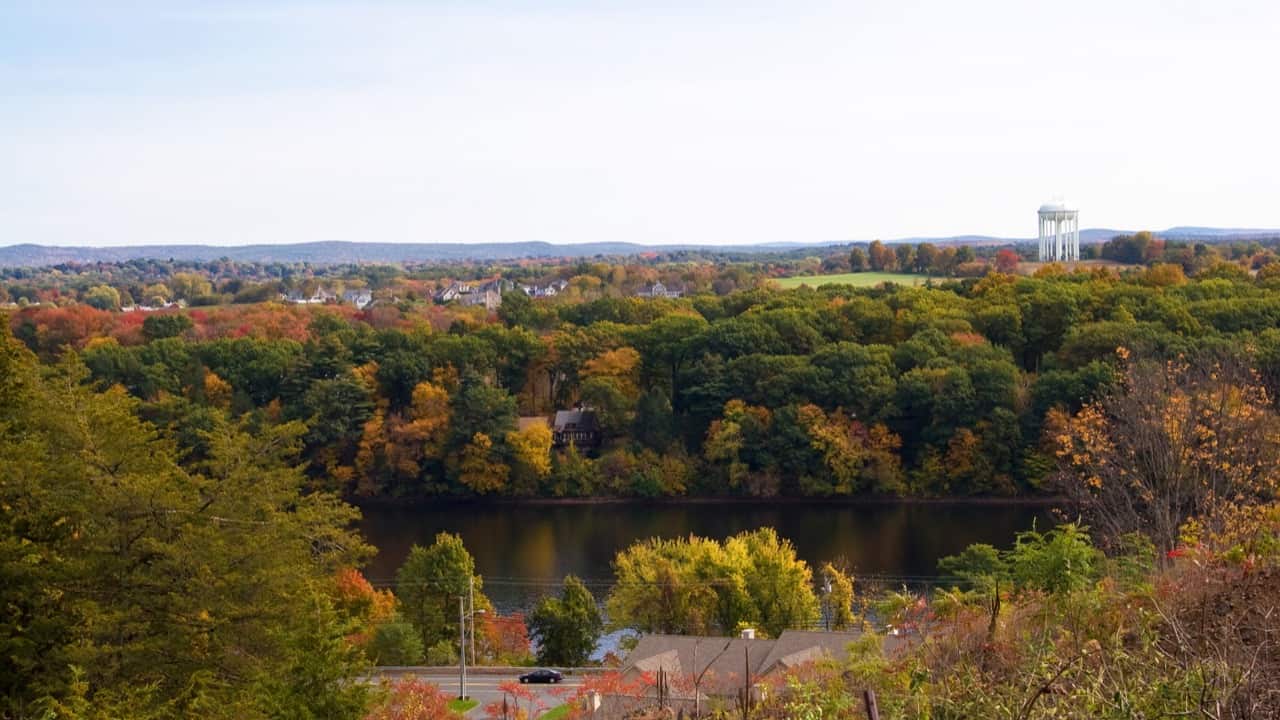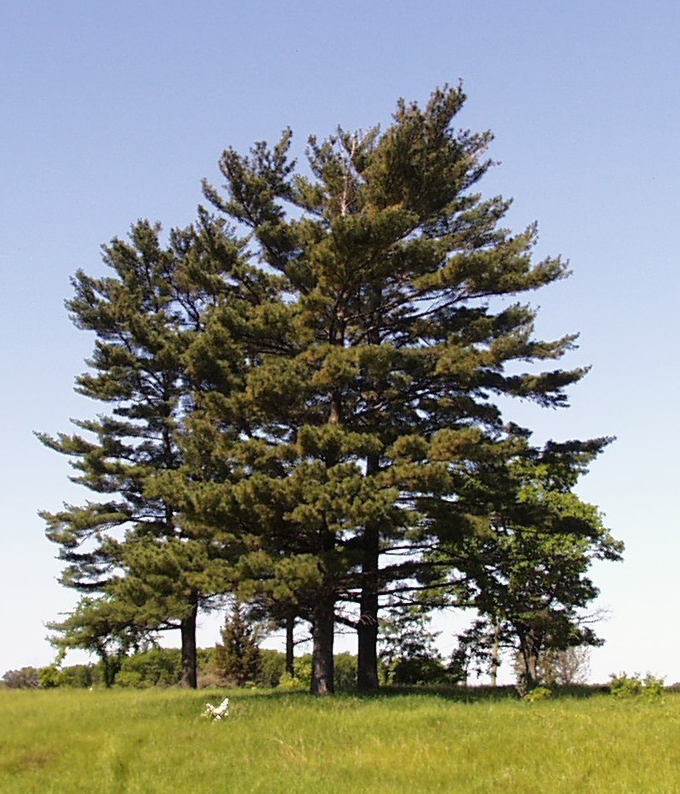dhawkins
Active Member
- Joined
- Jan 25, 2014
- Messages
- 892
- Reaction score
- 3,150
If it should happen (fingers crossed) the celebration should be on the Common.Here with the pressing questions: Celtics. If they win (which there’s a good chance they will), where will they address the crowd? Inside the Garden?

 IMG_7518
IMG_7518 IMG_7520
IMG_7520 IMG_7522
IMG_7522 IMG_7525
IMG_7525 IMG_7527
IMG_7527 IMG_7530
IMG_7530 IMG_7533
IMG_7533



